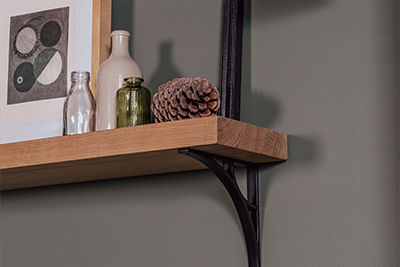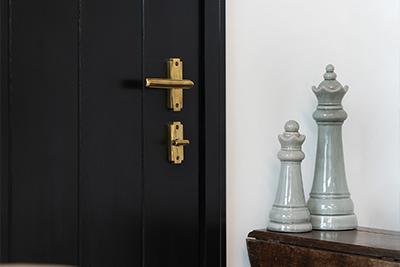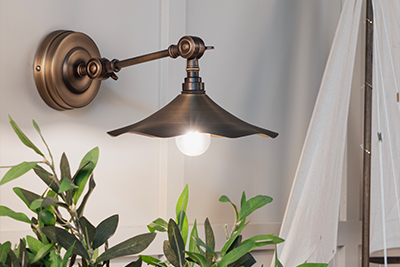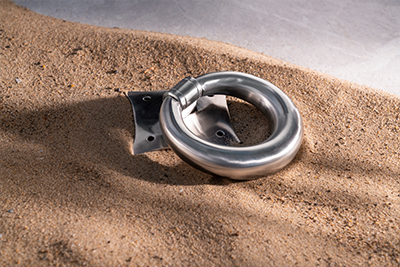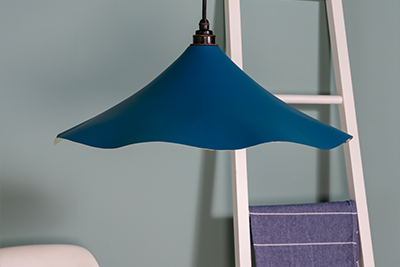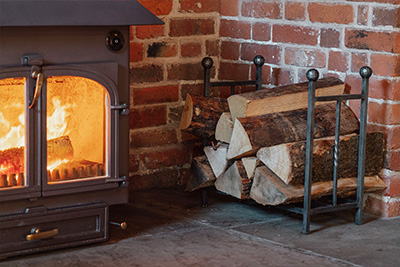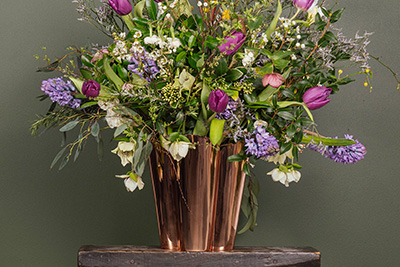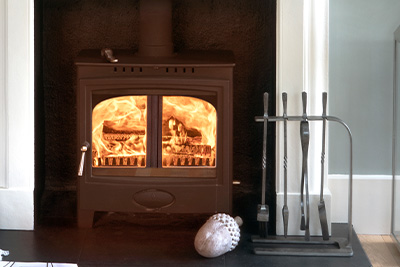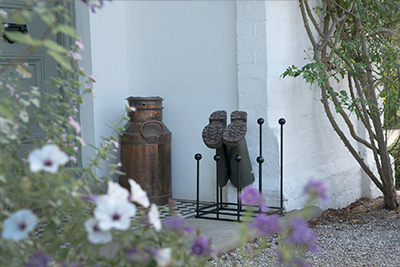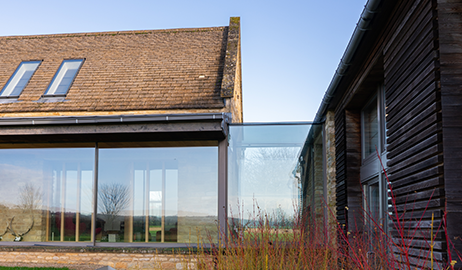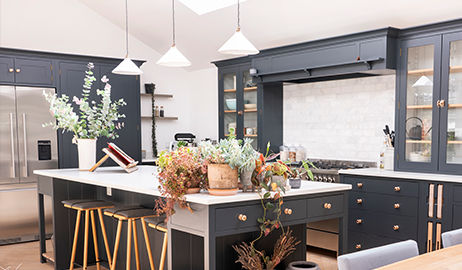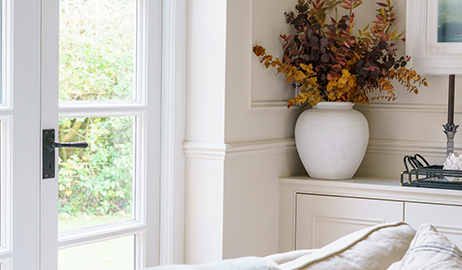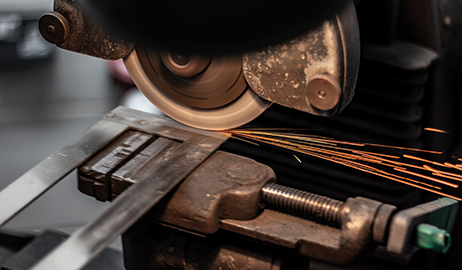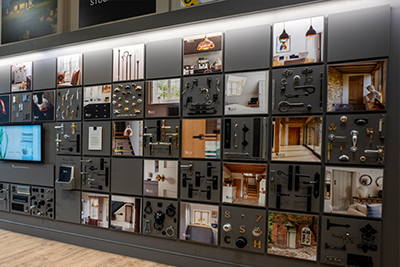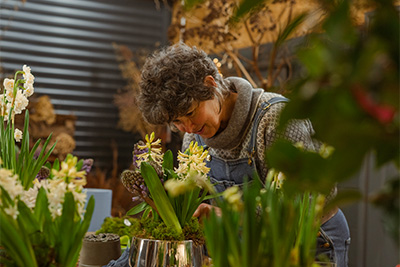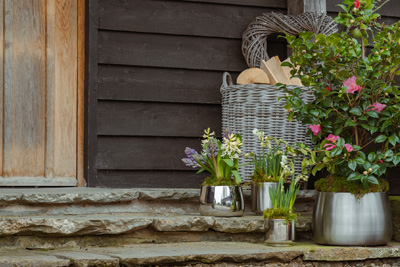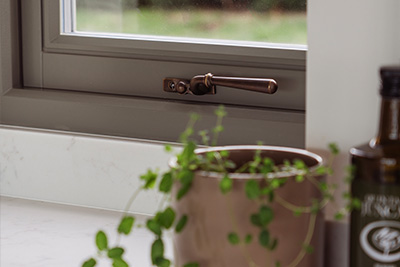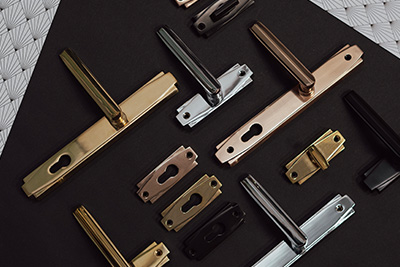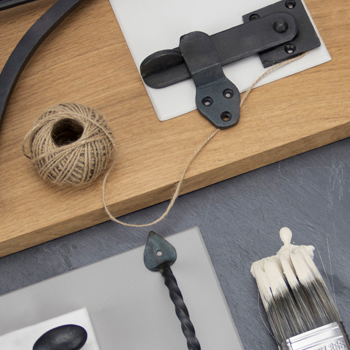The Smith & Forging
Blacksmiths and their craft play an integral part in our history. During the Medieval period, the village Blacksmith was an essential part of every town and a key figure within the community. In addition to tool making, they were also called upon to be doctors, dentists and vets on occasions. The mystery surrounding the blacksmith’s trade and their dark and fiery working conditions resulted in some villages banning the ‘black art’. For a time, smiths were considered to be evil. They worked by heating pieces of wrought iron until the metal became hot enough to shape using hand tools such as hammers, producing armor, weapons, horseshoes and agricultural equipment.
The advances in iron production made in eighteenth-century Britain resulted in what we now know as the great Industrial Revolution. In 1856 Sir Henry Bessemer created a way to standardise the process of making steel. Mild steel was cheaper than wrought iron and easier to produce on a larger scale. This, combined with the reduction in the use of horses and carts saw the role of the village blacksmith decrease. The forging process now took place in larger factories and individual smiths began to focus on more specialist items.
Today our process of forging from steel has remained almost unchanged for over one hundred and fifty years. Our blacksmiths heat rods of mild steel in a forge to the optimum temperature for shaping. Colour is an important way of indicating the metal’s temperature and workability. As the heat of the steel rises it first glows red, orange, yellow and finally white. Forging is often categorised according to the temperature at which it is executed; cold, warm, or hot forging.
The manufacturing process involves the shaping of metal through hammering, pressing, or rolling. These compressive forces are delivered with a hammer or die. Forging from steel in this way gives our products great strength and durability and ensures that each item is a unique yet functional work of art. This labour-intensive process can sometimes be favoured over the machining of metals. At From The Anvil, we take pride in the traditional nature of our finishes, along with being completely handmade by our skillful team of blacksmiths.
Beeswax Finish
Our beeswax finish is the most authentic finish for steel. After forging, the colours left in the steel range from blue to deep red ochre. To preserve these beautiful colours, our beeswax products are dipped into hot beeswax. This gives a subtle, matt richness to the metal and offers excellent protection when the products are fitted internally and properly maintained. An extremely natural finish and a far softer alternative to a black powder-coated finish. Submerging the forged metal in liquid beeswax will allow the natural colour and grain of the metal to stand out. To ensure the finish on your beeswax product always remains at its best, we would advise re-coating your product with our ‘Maintenance Wax’ (33002) from time to time. This adds further protection to the metal and helps to prevent any rust or white blooms from forming. Please note that where possible we would recommend using our external beeswax in areas of your property with high moisture content, such as bathrooms or kitchens. Light surface rust may appear if using our standard beeswax in damp internal environments, but this can be removed with ease.
Styling
Styling your home with hardware can sometimes be a difficult task but establishing the aesthetic of your home is always a good place to start. Is it traditional, contemporary or perhaps a Victorian townhouse? All of which will have a big influence on the style of ironmongery that you choose. Beeswax works very well in ‘New Rustic’ or ‘Country Charm’ style homes and is a period-accurate way of upgrading your hardware. The New Rustic look often resides in a barn conversion or oak framed building. It celebrates natural, rustic materials such as bare oak, clay tiles and reclaimed brickwork. A New Rustic interior is characterful, bright, contemporary and wonderfully understated whereas ‘Country Charm’ is evocative of an old, thatched cottage or historic black and white Tudor home. Traditional and authentic this look celebrates wonky walls, exposed beams, and small, cosy spaces.
Pictured above our Beeswax 8" Bean D Handle & Beeswax Monkeytail Espags
Colour Schemes and Materials Choices
The beeswax finish often works well with neutral and earthly tones, we suggest pairing them with light tones, such as Portland Stone Light by Little Greene, a part of their ‘Stone Collection’ A subtle and neutral contrast to the dark and rich aesthetic of the beeswax finish. Ironmongery is tangible and interactive spots of interest on doors and cabinetry, so colour differences help them become more approachable in a usability sense. Our beeswax products can also be complemented by natural hardwood such as light beech, golden ash or some raw and rustic oak. Below, we paired some products with oak, a light stone paint and some Welsh slate.
If you’re looking for inspiration on how to decorate your house with our charming Beeswax products, take a look at our inspiration page or browse our catalogue of case studies.
If you’re interested in exploring our Internal Beeswax Range, please click on the link below.
Shop by finish - Internal Beeswax
Find out more about our variety of finishes in our 'Mixing Ironmongery Finishes' blog post.



